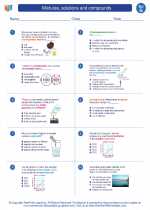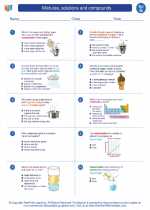Circular Polarization
Circular polarization refers to the polarization of electromagnetic waves in which the electric field vector describes a helix as the wave travels. This is in contrast to linear polarization, where the electric field oscillates in a single plane.
Types of Circular Polarization
There are two types of circular polarization: right-handed circular polarization (RHCP) and left-handed circular polarization (LHCP). In RHCP, the electric field vector rotates in a right-handed sense as the wave propagates, while in LHCP, the rotation is in a left-handed sense.
Generation of Circularly Polarized Waves
Circularly polarized waves can be generated using various methods, including the use of specially designed antennas, waveguides, and polarizers. One common method involves the use of a quarter-wave plate, which introduces a phase shift of 90 degrees between the orthogonal components of the wave, resulting in circular polarization.
Applications of Circular Polarization
Circular polarization finds applications in various fields, including wireless communication, satellite communication, radar systems, and 3D cinema technology. It is particularly useful in situations where the orientation of the receiving antenna may vary or where reflections and scattering can cause changes in polarization.
Study Guide
- Define circular polarization and compare it with linear polarization.
- Explain the difference between right-handed circular polarization (RHCP) and left-handed circular polarization (LHCP).
- Describe the methods used to generate circularly polarized waves.
- Discuss the practical applications of circular polarization in various technologies.
- Examine the role of circular polarization in improving signal reception and transmission in wireless communication systems.
Understanding circular polarization is important in the field of electromagnetics and has practical implications in modern communication and sensing technologies.
.




